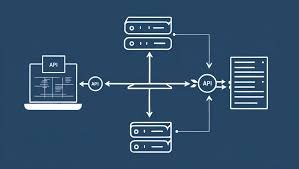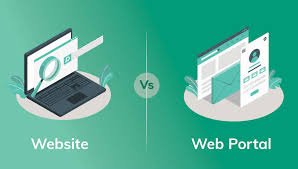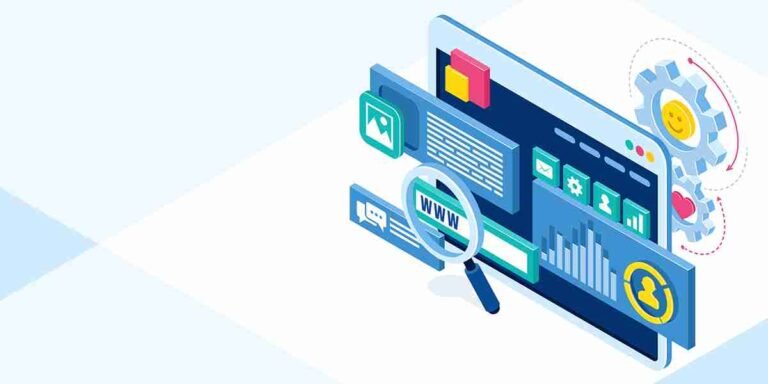Exploring the Role of APIs in Web Portal Development

APIs (Application Programming Interfaces) are the backbone of modern web portal development. They serve as the bridge that connects different systems, enabling seamless data exchange and enhanced functionality. In this article, we delve into the vital role APIs play in creating dynamic, scalable, and efficient web portals, highlighting their benefits and best practices for integration.
In today’s interconnected digital ecosystem, web portals have evolved into multifunctional platforms that deliver personalized experiences, integrate third-party services, and support diverse business operations. APIs are instrumental in this transformation, acting as the glue that binds various systems and services into a cohesive user experience.
Understanding APIs in Web Portals
An API is a set of rules and protocols that allows one software application to interact with another. In the context of web portal development, APIs facilitate data exchange between the portal and other systems, such as databases, third-party services, and external applications. By leveraging APIs, developers can create portals that are not only robust but also highly adaptable to changing business needs.
Key Roles of APIs in Web Portal Development
- Integration with Third-Party Services:
APIs allow web portals to seamlessly integrate with external services such as payment gateways, social media platforms, analytics tools, and cloud storage solutions. This integration expands the functionality of the portal without the need to develop features from scratch. - Enhanced User Experience:
By utilizing APIs, web portals can deliver real-time updates, personalized content, and interactive features. For example, a weather API can display local forecasts, while a geolocation API can tailor content based on a user’s location. - Data Interoperability:
APIs enable the web portal to interact with different systems and databases, ensuring smooth data flow. This is crucial for portals that rely on large datasets, such as healthcare, e-commerce, or financial portals. - Scalability and Flexibility:
APIs provide the flexibility to scale a portal’s features as business needs evolve. Developers can add new integrations or replace outdated systems without overhauling the entire portal architecture. - Streamlined Development Process:
By using APIs, developers can focus on building core features while outsourcing auxiliary functions to third-party APIs. This reduces development time and accelerates the portal’s time to market. - Automation and Efficiency:
APIs automate repetitive tasks by facilitating seamless data transfer between systems. This improves operational efficiency, reducing the need for manual intervention in processes like data entry or synchronization. - Real-Time Communication:
APIs enable real-time data updates, which are critical for applications such as live chat, stock trading, or order tracking. They ensure that users always have access to the most current information.
Best Practices for API Integration in Web Portals
- Choose Reliable APIs: Opt for APIs with strong documentation, consistent performance, and active support to ensure reliability and ease of use.
- Secure API Connections: Implement secure protocols like HTTPS, and use authentication methods such as OAuth2 to protect sensitive data.
- Monitor API Performance: Regularly track API performance and set up alerts for downtime or latency issues to maintain a smooth user experience.
- Version Management: Ensure backward compatibility by using versioning strategies when updating or replacing APIs.
- Optimize for Scalability: Design API integration with scalability in mind to accommodate increased traffic or feature expansion.
- Test Thoroughly: Conduct rigorous testing of APIs to identify and address issues before deployment.
Examples of API Use Cases in Web Portals
- E-commerce Portals: Integration with payment gateways like Stripe or PayPal, real-time inventory tracking, and shipping APIs for order management.
- Healthcare Portals: APIs for patient data sharing, telemedicine services, and integration with electronic health record (EHR) systems.
- Education Portals: Integration with learning management systems (LMS), video conferencing tools, and content delivery APIs.
- Corporate Portals: APIs for CRM (e.g., Salesforce), HR management, and financial software integration.














